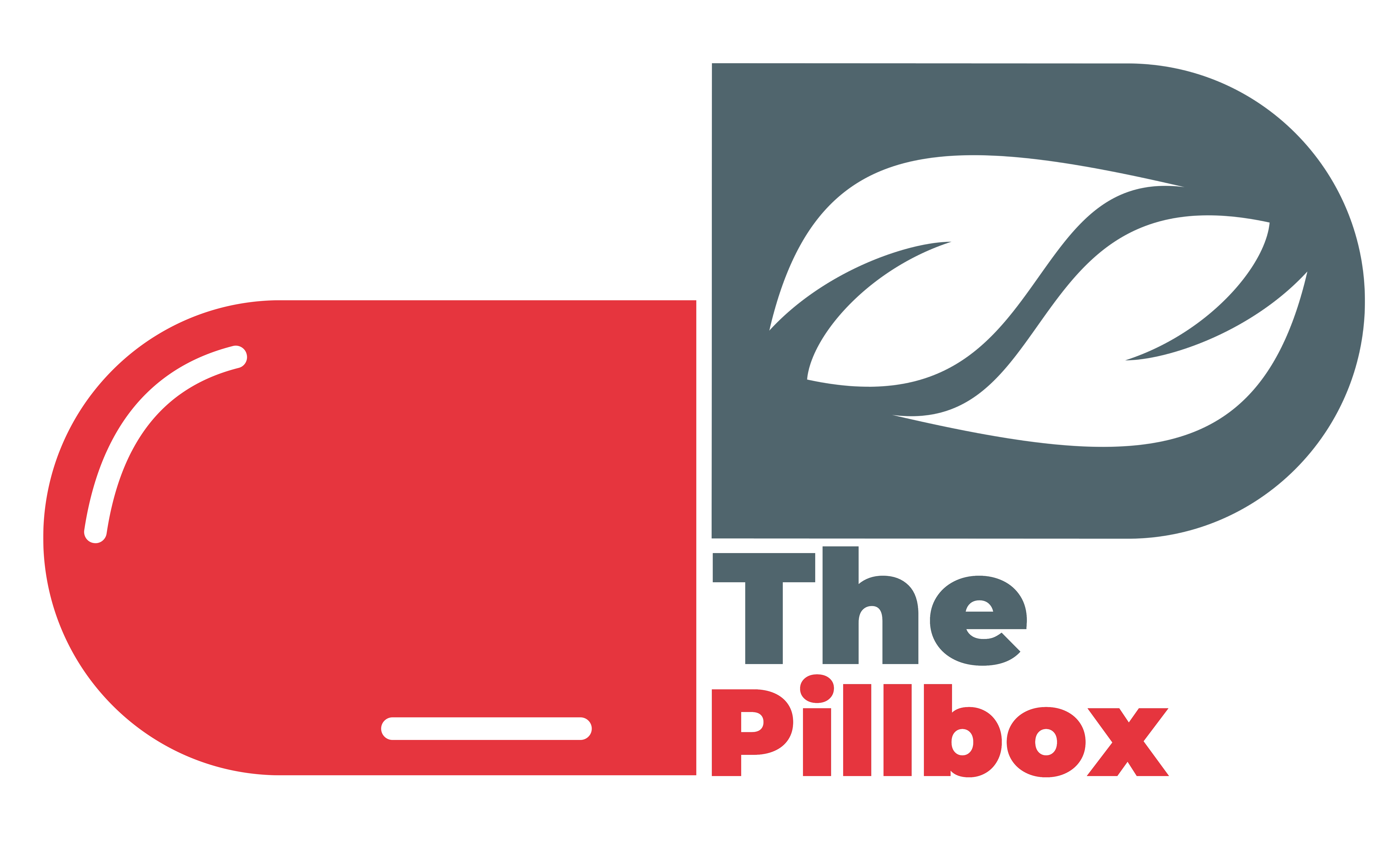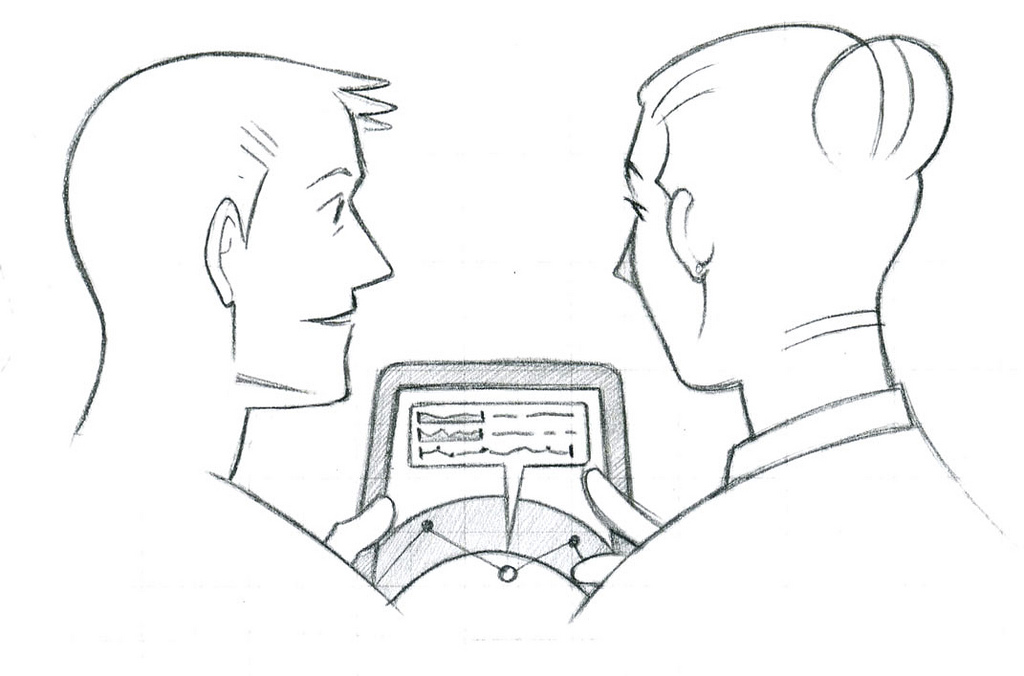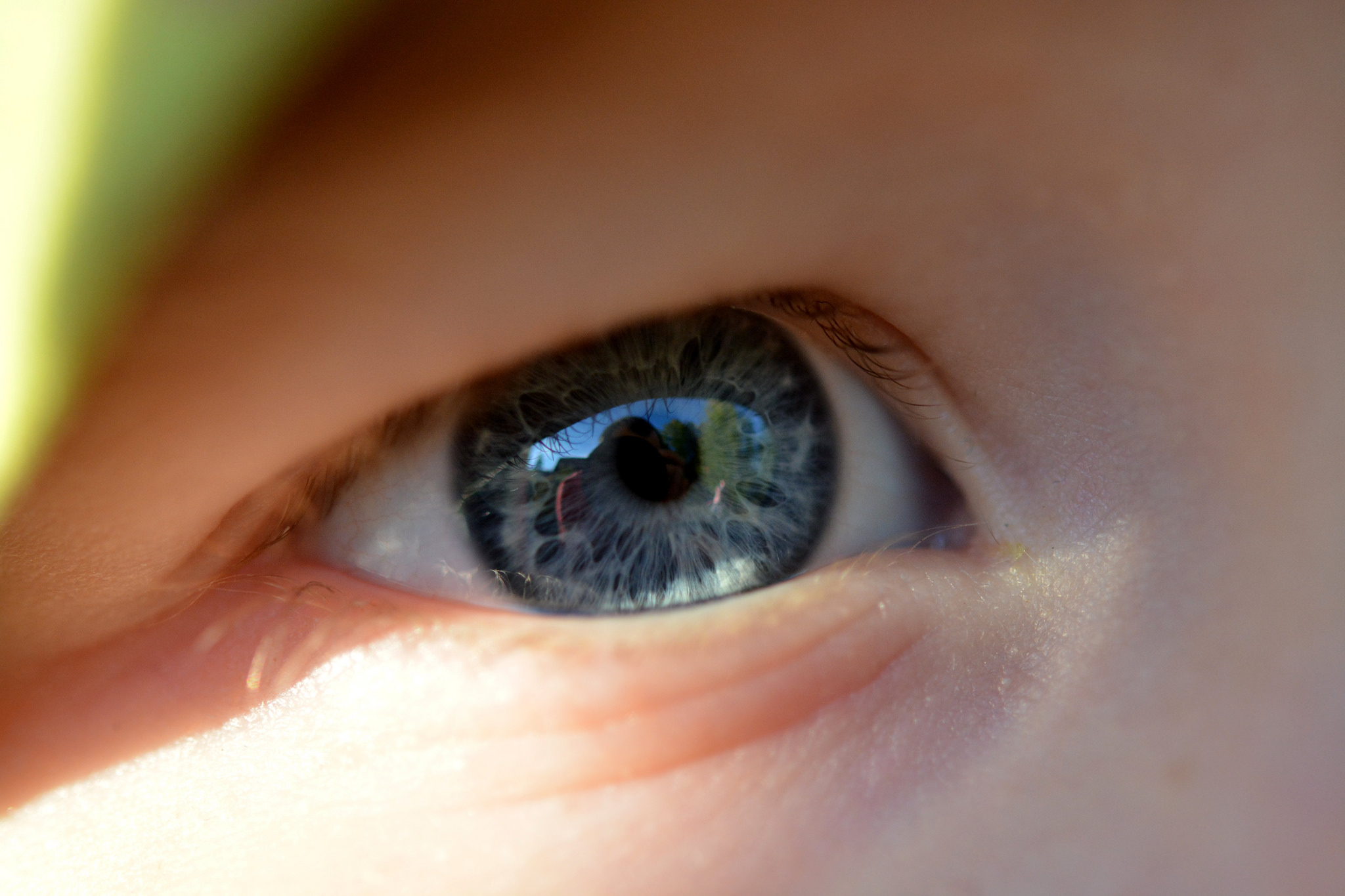“People are just as wonderful as sunsets if you let them be. When I look at a sunset, I don’t find myself saying, ‘Soften the orange a bit on the right hand corner.’ I don’t try to control a sunset. I watch with awe as it unfolds.” –Carl Rogers1
We as human beings love categories. We enjoy dividing the body into its constituents, from the bones to the muscles to the skin, from the heart to the vessels to the blood cells. The more we can break something down, the more we can dissect it, understand it and build from it. It can be argued that this method of reductionism is what has led to many of the insights of the present day. It is by becoming so specialized within one area that one is able to build upon one’s expertise and develop novel ideas.
This method of classification, however, cannot be used to explain everything around us. While insightful in some areas, it can be destructive in others; namely, the human mind.
Look back at the history of Psychology and we see ourselves jumping through the same hoops of categorization, attempting to reduce our inner worlds into hierarchies and models. From the psychodynamic theories of Freud to the behavioristic perspectives popularized by Pavlov and Skinner, we are led to believe that if we can merely slice apart the human mind into chunk-sized pieces, perhaps we can gain insights into humanity itself.
But unlike the heart or the lungs, the way we choose to see a particular human mind can have profound effects upon that person. Tell someone that they are a mess of electrical impulses and chemicals, and they may see themselves and the world around them far differently than a person who believes that it is they themselves who have control over their lives.
There is a reason Psychology and Psychiatry garner so much criticism from the general public in a way that no other specialty does. There is a reason that an anti-psychiatry movement exists, but there are no anti-surgery or anti-cardiology movements. It is because these theories, these categories, have an impact on how we see ourselves. They touch upon what it means to be human.
The argument I wish to propound is to urge us all to go beyond these categorizations, be they biomedical, psychological or social, and to take a more holistic approach, which I believe can best be viewed through the lens of Humanistic Psychology.
What is Humanistic Psychology?
Humanistic Psychology arose in response to the more mechanistic views of human behaviour that were gaining popularity in the 1950s2. Rather than focusing on one aspect of a person, be it our childhoods or our innate animalistic needs, Humanistic Psychology proposes that what is important is how the person themselves experiences the world around them. The human being is central. It is not the objective measurement of chemicals, electrophysiology or set questionnaires that lies at the heart of humanity, but how we think and feel.3
There are many contributors to the Humanistic canon, but I wish to focus on just one aspect of it: Carl Rodgers’ person-centered therapy. Although the word “therapy” implies a form of treatment for those with mental health problems, I wish to apply these principles to the arena of healthcare as a whole. I believe the therapeutic relationship between therapist and client can teach us much about our own relationships with patients within hospitals, emergency rooms and clinics.
Person-centered therapy is built upon three principles4:
- Congruency
- Unconditional Positive Regard
- Empathy
I will go through each of these in turn and focus on how they can transform our relationships with our patients.
Congruency
Congruency refers to genuineness, that is, displaying ‘your actual self’4 when dealing with a patient. This involves letting go of one’s mask and revealing one’s true feelings as they come and go. It requires a level of self-awareness, which allows us to fully experience the moment instead of remaining walled-off from our true inner state.
Do not think of yourself just as a doctor, a medical student or a healthcare professional. Undoubtedly there are professional boundaries that must always be maintained, and a profession that you represent every day. But be careful that you do not let this professional façade get in the way of your relationship with your patients. Remember that you are only human and the last thing a sick patient needs is a robot. By displaying an open and trusting character, you give your patient the opportunity to relax, to feel at ease and to be open about what is truly troubling them.
Congruency takes us back to our humanity, reminding us that there is little difference between ourselves and the patient sitting opposite. If we can come to terms with our own thoughts and emotions as we deal with the chaos that occurs in the world of healthcare, then we will be able to display a level of respect and understanding that will allow our patients to appreciate that they are speaking to a human being and not just a title.
Unconditional Positive Regard
Unconditional Positive Regard refers to the belief that people should be accepted as they are. For the professional, it involves displaying a non-judgmental attitude that is provided unconditionally, i.e. without limitations or expectations.
Although this is a concept well known to most of us, it can be difficult to put into practice. We all have our prejudices and our own rigid lines that we draw across our horizons. The expectation is not to get rid of all prejudice, but to be aware of how they impact our behaviour towards others.
Do we at times place blame on our patients?
Does our heart sink when we go to speak to certain people?
Do we have certain beliefs about people based on their clothing, their lifestyle, or their occupation?
Of course we do. Think back to a time when any of these thoughts have come to your mind and think about their effects. It may not necessarily mean that you throw everything in the air and scream your prejudices out loud. But it does mean that the way you regard your patient may be subtly altered; you may show less enthusiasm towards certain patients or display less sympathy than you would for someone else. It is by being aware of these little discrepancies that will make us all better clinicians.
Undoubtedly, healthcare places us all into positions where we come face-to-face with lifestyles that we disagree with and behaviours that we feel uncomfortable around. The idea is to go beyond these actions and see the human being lying beneath the layers. We must accept them as they are, and may be surprised to find that the patient responds with gratefulness at being treated as an equal.
Empathy
Perhaps the term most popular out of the three, empathy refers to the ability to understand what the other person is feeling. It involves having an understanding of the other person’s beliefs and values, and being cognizant of why they care about the issues that are important to them – in other words, it involves fully stepping inside another person’s private world.
Within healthcare, it is important that we do not go through a list of tick boxes and forget that our versions of events are not the same as theirs. All too often we may accept simple words such as ‘I’m frightened’ with a mere nod of the head and a simple smile on our faces without digging deeper and asking, ‘What is it you are frightened of?’ Our job does not merely consist of diagnosis and treatment, but of going further into our patients’ lives and understanding what their illnesses mean to them. What it means for them to be in hospital, to be a patient, to lose their role as a parent or a provider. Without this aspect, we may well cure a disease with our drugs and our technology, but we will never get to the heart of the matter.
What does it all mean?
These are all terms that most of us are familiar with. They are words we may write time and again upon reflection, sayings that we repeat year after year during our interviews. But the idea is to put this into practice, which can only happen if we first take a step back and think about the times when perhaps these three concepts were not fulfilled. Those times when the relationship broke down, when the patient closed up, when we walked out of the consulting room thinking that could have gone better.
Remember that patients do not always come to us with a collapsed lung or a broken rib. They come to us as a whole. The idea behind Humanistic Psychology is to go beyond the reductionist theories that focused on one aspect of a person’s being, and to appreciate the totality of human experience.
Why do I think these three concepts are important? Because I believe these are concepts that make all of us much better clinicians, and ultimately much better people. I believe that almost all of the problems we face within healthcare, and indeed outside of it, revolve around our ability to relate to others. How differently would we act if we could truly see through the eyes of the person sitting next to us, feel their pain and suffering, think their thoughts as they swirl between their children, their loved ones, their aims and their worries? These concepts, although integral to person-centered therapy, transcend the therapist’s room and can be practiced in every dialogue across every hospital and by every person, including you and I.
“In my early professional years I was asking the question: How can I treat, or cure, or change this person? Now I would phrase the question in this way: How can I provide a relationship which this person may use for his own personal growth?” –Carl Rogers6
References
- Culture of Empathy. Carl Rogers Empathy Quotes. [Accessed: 28th May 2016]. Available from: http://cultureofempathy.com/references/Experts/Carl-Rogers-Quotes.htm [Accessed: 27th May 2016]
- com. Humanistic Approach in Psychology: Definition & History. [Accessed: 29th May 2016]. Available from: http://study.com/academy/lesson/humanistic-approach-in-psychology-definition-lesson-quiz.html
- McLeod, S. Humanism; 2007. [Accessed: 27th May 2016]. Available from: http://www.simplypsychology.org/humanistic.html
- McLeod, S. Person Centered Therapy [Online]; 2008. [Accessed: 27th May 2016]. Available from: http://www.simplypsychology.org/client-centred-therapy.html
- Gillon, E. A Person-Centred Theory of Psychological Therapy. In: Person-Centred Counselling Psychology: An Introduction. SAGE Publications Ltd; 2007. p.43-67.
- BrainyQuote. Carl Rogers Quotes. [Accessed: 28th May 2016]. Available from: http://www.brainyquote.com/quotes/quotes/c/carlrogers202206.html
Featured image:
Genetic inheritance by Patrik Nygren
 consistently been shown to have a positive impact on mental health. Dr. Martin E. P. Seligman, a psychologist at the University of Pennsylvania, asked study participants to write letters of gratitude to people in their lives whose important contributions had previously gone unacknowledged. He then quantified the impact of these letters on the study participants’ letter writers by providing them with a happiness score. Unsurprisingly, the mere act of writing the letter and expressing gratitude was found to boost each participant’s happiness score.[3] As physicians, we ought to support many outlets for creative expression, from yoga to painting, as ways to contribute to our patients’ well being, but we also need to consider gratitude as its own kind of healing salve. Whether we encourage our patients to write expressions of gratitude to special people in their lives, or just to reflect on the small blessings in their everyday lives, gratitude should have a place in our roster of medical advice. We cannot and should not strive to take away the things in our patients’ lives that cause them discomfort, anxiety, and sorrow, whether they be personal events or national political outcomes. Good medicine is not about making the world a more comfortable place, but rather, making our patients more comfortable within the world.
consistently been shown to have a positive impact on mental health. Dr. Martin E. P. Seligman, a psychologist at the University of Pennsylvania, asked study participants to write letters of gratitude to people in their lives whose important contributions had previously gone unacknowledged. He then quantified the impact of these letters on the study participants’ letter writers by providing them with a happiness score. Unsurprisingly, the mere act of writing the letter and expressing gratitude was found to boost each participant’s happiness score.[3] As physicians, we ought to support many outlets for creative expression, from yoga to painting, as ways to contribute to our patients’ well being, but we also need to consider gratitude as its own kind of healing salve. Whether we encourage our patients to write expressions of gratitude to special people in their lives, or just to reflect on the small blessings in their everyday lives, gratitude should have a place in our roster of medical advice. We cannot and should not strive to take away the things in our patients’ lives that cause them discomfort, anxiety, and sorrow, whether they be personal events or national political outcomes. Good medicine is not about making the world a more comfortable place, but rather, making our patients more comfortable within the world.




